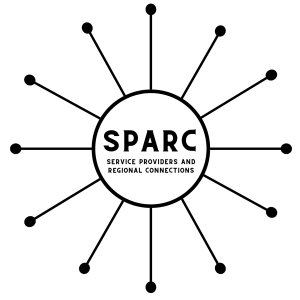
This week, over 50 leaders representing 26 distinct organizations from across Coos and Curry Counties came together for the SPARC Summit — and together, we made history. Every organization in attendance has signed on to help create the SPARC Network, uniting our regional housing continuum and establishing SPARC as the new coordinating body for shelter and housing efforts on Oregon’s South Coast.
SPARC goes well beyond shelter — but integrating the shelter system into the broader housing ecosystem is the first step in building the full housing continuum. Shelter systems must have a meaningful connection to housing, and SPARC is designed to make that connection real.
SPARC stands for Service Providers and Regional Connections. Think of it as an operating system for building community. We are creating a framework that links shelter to housing, affordable rentals to homeownership, and connects services, workforce development, and education to housing at as many levels as possible — improving access, care, and long-term stability across our region.
The Summit was more than a meeting — it was a milestone. It marked the moment that we began to formally align our systems, our services, and our shared purpose to build a seamless pathway from homelessness to housing stability and, ultimately, homeownership.
SPARC’s roots run deep. The initiative was born out of work funded by the General Housing Account Program (GHAP) — a capacity-building grant administered by Oregon Housing and Community Services (OHCS). GHAP funding supported the initial partnership between the North Bend City/Coos-Curry Housing Authorities, and Southern Oregon Coast Regional Housing (SOCRH), laying the groundwork for what has now become a regional framework for collaboration and housing innovation.
Its ideas have been pulled from the experience and best practices developed across our collective work in Southern Oregon, and beyond. It is shaped by years of collaboration among agencies, communities, and partners working to address homelessness and build housing capacity in rural regions. That early collaboration laid the groundwork for SPARC’s creation and the regional partnerships that now power it.
None of this would have been possible without the incredible partnership and support from OHCS. We were honored to have Tanisha, Meghan, Danielle, Kimie, and Rachel on hand throughout the Summit, representing the heart of OHCS’s commitment to rural Oregon. A special thank you also goes to Amy and Sarah, who helped bring this amazing OHCS team to the South Coast, and to Director Andrea Bell, whose continued belief in our region has made this work possible.
As we move forward, SPARC will not only help coordinate shelter and housing efforts on the South Coast — it will serve as a blueprint for other rural regions looking to strengthen collaboration and build resilience across the housing continuum.
In light of the current federal climate, we need to build all of the community resilience we can. The SPARC Network does exactly that — creating shared capacity, mutual support, and regional stability so that when challenges arise, our systems and partners can stand strong together.
Just as SPARC touches every stage of the housing journey, so does OHCS. Together, we are showing that when state and local partners move forward in alignment, we can build systems that don’t just manage homelessness — we can end it.
Thank you, OHCS, for walking this path with us.
Check out the Summit Photos Below:
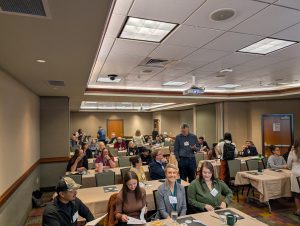
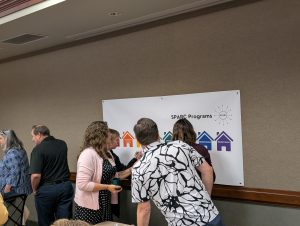
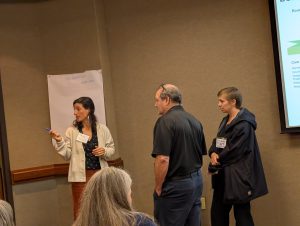
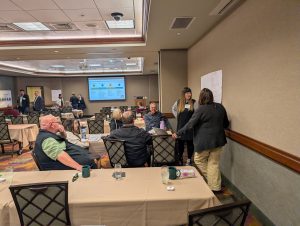
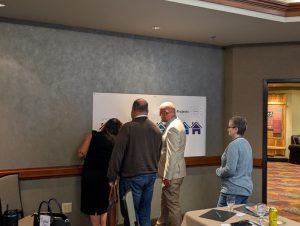
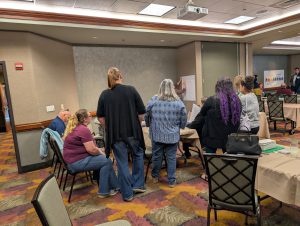
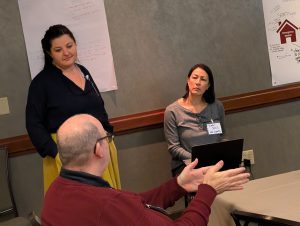
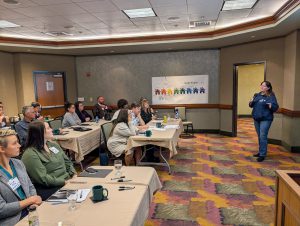
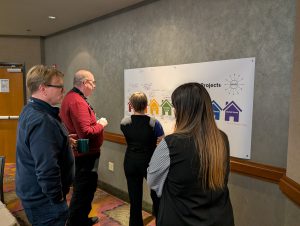
Matthew Vorderstrasse, M.A. PHM
Executive Director
North Bend City / Coos-Curry Housing Authorities
